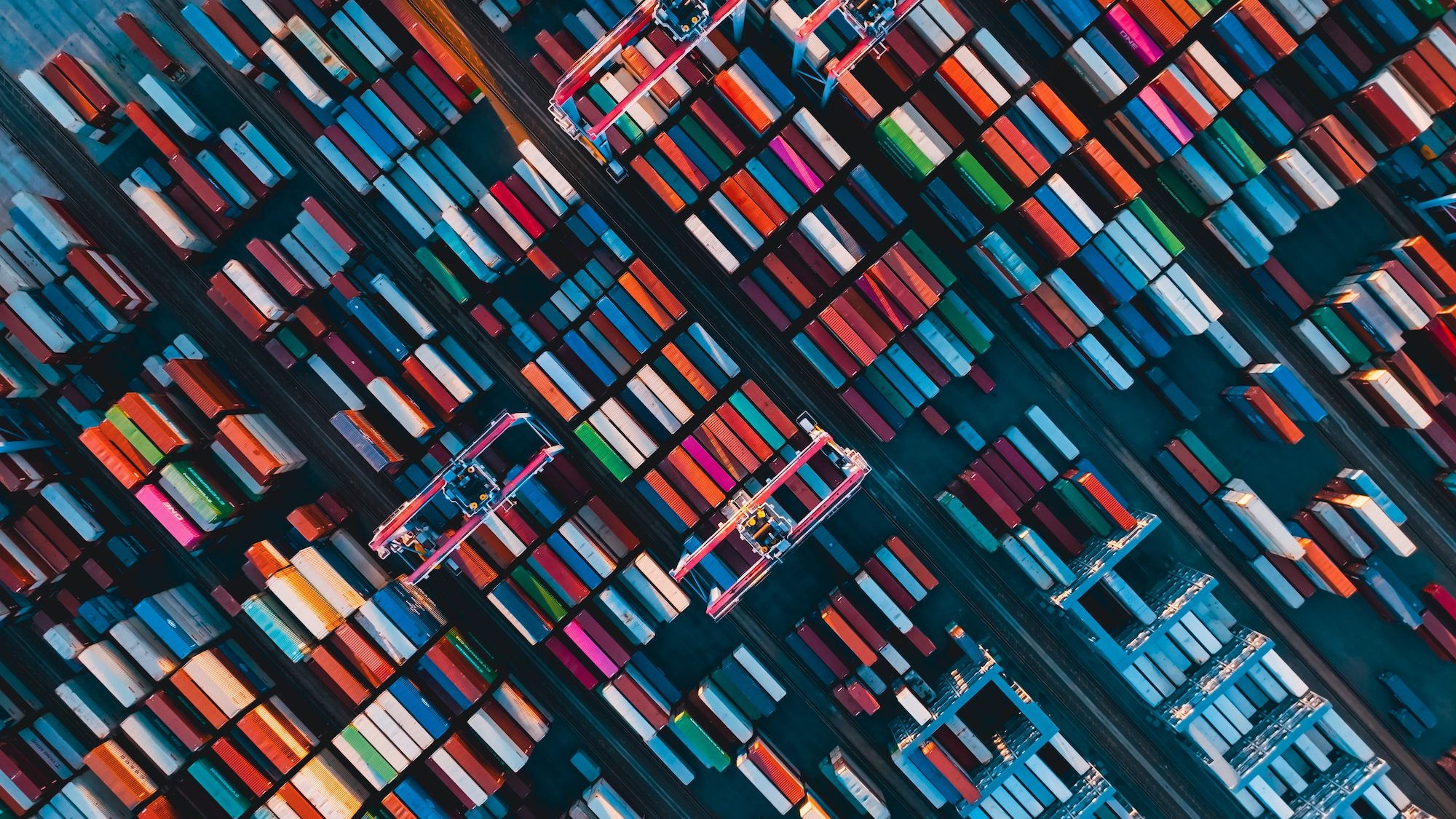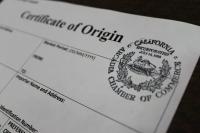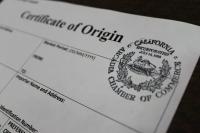YANG MING REPORTS Q2 2025 FINANCIAL RESULTS
Yang Ming held its 405th Board Meeting on August 12, 2025, and approved the company’s consolidated financial statements.

Yang Ming held its 405th Board Meeting on August 12, 2025, and approved the company’s consolidated financial statements for the second quarter of the year.
In Q2 2025, Yang Ming posted consolidated revenues of US$1.21 billion, with an after-tax net profit of US$30.9 million.
For the first half of 2025, consolidated revenues totaled US$2.64 billion, while after-tax net profit reached US$274.82 million.
EPS for the period was NT$2.51, impacted by weaker cargo volumes, softer freight rates due to uncertainty in trade negotiations, and the recognition of Profit-Seeking Enterprise Income Tax on undistributed earnings.
The July 2025 IMF World Economic Outlook raised global GDP growth forecasts to 3.0% for 2025 and 3.1% for 2026, indicating that trade barriers have had less impact than previously anticipated.
However, uncertainties in trade talks and geopolitical tensions continue to weigh on market sentiment.
Industry analysts Drewry and Alphaliner project global container fleet capacity to grow by 6.3% and 6.2% respectively in 2025, while demand is forecast to increase by only 2.0% and 2.7%, pointing to a persistent supply–demand imbalance.
Drewry also expects softer market conditions in the second half of the year, following front-loaded shipments in the first half. On the supply side, carriers continue to reroute vessels via the Cape of Good Hope to mitigate Red Sea security risks, which partially absorbs excess capacity.
Market dynamics vary by trade lane.
Despite the summer peak season, the Transpacific trade has been affected by uncertainty over US tariffs. In contrast, Asia–Europe and Asia–Mediterranean trades are expected to remain positive, while intra-Asia demand is stable.
Segments such as Asia–Australia, Asia–Latin America, and others will require close monitoring for volatility.
Looking ahead, Yang Ming plans to focus on reliable service delivery, agile capacity management, and exploring new markets to navigate changing conditions.
Alexandros Itimoudis







